Anise Hyssop looks spectacular in the perennial fall garden with its tall spikes of appealing lavender flowers and an aromatic anise-like scent. Hummingbirds, bees, butterflies, and pollinating insects all find this native flower irresistible and swarm the plant when it is in bloom. Anise Hyssop plants grow inches tall, and they have toothed muted green leaves.
The flower spikes, covered with hundreds of densely packed little tubular purple blooms, rise up above the foliage, announcing themselves to the world. Anise Hyssop is part of the mint family, but it doesn't have the same invasive tendencies as most mints. The flowers bloom for months, from late summer through fall. This Hyssop is exceptionally low-maintenance and deer resistant. "Alabaster" has white flowers and light green foliage, "Blue Blazes" is a taller version with purple flowers, and "Black Adder" has reddish-violet blooms.
Perennial Hibiscus,such as ourSummerific® series, is another class that will add color to the summer and fall garden. They actually start to bloom in mid-summer, but will continue to bloom deep into fall - October up in Michigan. The color range is pink, white, lavender and red, with some gorgeous bicolors. The plants are quite heat tolerant and prefer consistently moist soil. In general, they are hardy in zones 4-9 and are quite large feet tall and wide.
However, more compact versions such as Summerific® 'Cranberry Crush,' which is 3-4 feet tall, do exist. A stunningly tall native flower, Joe Pye Weed is superb in the fall perennial garden. It blooms from late summer through fall and produces massive, broad, slightly rounded clusters of dark purple or pink flowers . The bees, butterflies, and pollinating insects go crazy for Joe Pye Weed, and it is an important food source for many of them as they prepare to hibernate or migrate.
Joe Pye plants grow up to 6-8 feet tall, making them an impressive garden addition that is sure to be appreciated by all who see them. Joe Pye Weed is excellent as a background plant, centerpiece, or planted along pathways as a dramatic statement. It is rarely bothered by insects, pests, or disease, and deer generally avoid it. As if that isn't enough, this perennial smells like sweet vanilla.
'Walker's Low' is named for a garden in England, not for its height. It grows as high as 30" and can spread to 3 feet wide. Lavender blue flowers bloom profusely in early summer, as early as April or May in warmer climates, and then sporadically until frost. Sheering after the first heavy blooming will encourage another bloom, but the plant will not reach 30". The spicy scent is a nice addition to a vase of cut flowers, or in potpourri.
In addition to attracting cats, 'Walker's Low' will attract bees, hummingbirds and butterflies. Deer and rabbits are indifferent to the plant, being scented and gray foliage. 'Walker's Low' is hardy enough for zone 4 and will tolerate sandy soil, salt, humidity and drought. Seeds are sterile, so this perennial must be propagated by division.
Rudbeckia 'Goldsturm' is one of the most popular perennials of all time. The brilliant gold flowers bloom for months and are beloved by pollinators and beneficial insects.Purple Flame Grass (Miscanthus sinensis 'Purpurascens', zones 3 to 9). Maiden grasses add striking form and texture to the perennial border all summer long. By late summer, many cultivars produce soft, feathery plumes that emerge above the narrow foliage.
Purple Flame Grass is a medium-sized maiden grass, growing three to four-feet tall with foliage that turns from bright green to fiery reddish-orange in early autumn. The attractive plumes are silvery-white and persist on the plants throughout winter. Pruning is only necessary in early spring when the dried foliage and flower stems from the previous season are cut back before the fresh growth emerges. A popular mid-summer bloomer, Moonbeam Coreopsis bears hundreds of small, soft yellow flowers.Astilbe . Astilbe stands out among the longest flowering perennials. Besides being super easy to grow, they thrive in both sunny and shaded gardens, and have feathery flowers that offers months of graceful color.
And speaking of color, the blooms can be white, lavender, purple, bubblegum, deep pink, apricot, or red, often with bronze or purple foliage as well. The plants form tidy clumps with the flower plumes emerging in early to mid summer and persisting into winter. The plants do appreciate ample moisture and regular watering in dry summers can prolong the blooming period. Outstanding cultivars include 'Bridal Veil', 'Pumila', and 'Fanal'.
Who says you can only enjoy pretty flowers during spring and summer? When the temperature starts to drop, your garden may end up suffering from neglect and overgrown plants. However, just because the end of summer is near, it doesn't mean it's the end of your garden. As the days get shorter, it's time to brighten up your landscaping, flower beds, and container gardens. All it takes is planting a few perennials and annuals to keep your garden alive through cold-weather season.
But, you'll be pleasantly surprised to see a softer color palette represented in this blooming collection, too. We'd agree that spring garners the most attention for gardening enthusiasts. In all actuality, though, we think Southern gardens really show their true colors in fall. Scroll for a little growing inspiration and dose of autumnal whimsy.
This wonderful full shade to part sun perennial has excellent foliage for the fall . Heuchera comes in a multitude of different shades and hues giving you a full-color showing just with its foliage. This means that the color lasts throughout the entirety of the growing season. It tolerates dry soil and is deer-resistant, making them perfect for a woodland garden or any gardens plagued by deer.
Some varieties even produce tiny flowers on tall, thin stalks during the spring and summer season, adding another layer of interest to these versatile plants. To learn more about the various varieties of Heuchera, visit out Heuchera page for more. Fall showers are generally plentiful, but it's easy to deeply water plants if it doesn't rain at least an inch per week. Pests and disease problems also fade away in the fall.
Plus, the late season is often bargain time at garden centers that are trying to sell the last of their inventory before winter. Look for deals on spring-blooming bulbs, perennials, trees, and shrubs, which can all be planted in the fall, up until your area gets hit with a hard frost. And don't forget your lawn; cool-season turfgrass can be seeded this time of year, too.
Get these plants in the ground in fall, and they'll reward you with gorgeous color in spring. Incredibly pretty and exotic-looking, Tricyrtis formosana is a shade-loving perennial with small, orchid-like flowers, 1 in. The blooms feature six showy white tepals, heavily sprinkled with purple freckles and a yellow throat. Quite showy, they are born in lax clusters at the top of erect stalks and sparkle in the garden in late summer to early fall. The foliage of shiny, lance-shaped, dark green leaves usually remains attractive throughout the growing season. The feathery flowers of astilbe are a perfect pick for semi-shaded spaces.Yarrow .
A butterfly favorite, yarrow is a robust summer bloomer with pretty, flat-topped flowers that bloom for 6 to 8 weeks. The ferny foliage emerges in early spring and is followed by the two to four-foot tall flower stems in early summer. Flower colours can range from soft pastels to rich jewel shades. Deadhead spent flowers by clipping the flower stem back to the main foliage.
Top varieties include 'Moonshine', which has pale, yellow flowers and 'Cerise Queen', a bright cherry-red bee magnet. Alliums bloom in a wide range of colors, including shades of yellow, white, pink, and purple. Offering a whimsical structure in the garden, Alliums have tall thick stems that hold up a globe-like cluster of florets. They're deer resistant, attract birds and make great cut flowers.
Persicifolia blooms white or blue in early summer and is 2 to 3 feet tall with strong stems. It tolerates dry shade, and is easy to grow from seed. Yes, you can plant most of these perennial flowers in your gardens in late summer or fall. However, they do best if they are planted in spring and have time to become established over the summer. If you garden in a colder climate, covering your new plant with extra mulch or leaves will serve to give them a better chance at survival through winter. While the purple fountain grasses are annuals, Pennisetum 'Desert Plains' is hardy in zones 5-9.
The more sun you can provide, the happier this plant is. In mid-summer the foliage tips begin to turn deep red and by fall the whole plant is shades of gold and orange. It blooms in fall, with the large plumes emerging purply-pink and aging to tan.
It is often considered to be the best hardy Pennisetum available. Asters and hardy mums are the two most traditional perennials to grow for fall flower color. Hardy mums are about as easy to grow as a perennial gets. They come in great autumnal colors - yellow, bronze, red, white, orange, burgundy and pink and are usually hardy in zones 5-9. When buying mums be sure you distinguish between hardy and florist mums. The best gardens have plants that add color and interest in all seasons.
Spring and summer are usually pretty simple to fill with color. It can take a bit more planning to keep the garden looking great late summer into fall and winter. However, with a bit of careful plant selection your garden can brim with interest in every season. The plants that are a bit overlooked are perennials and shrubs that flower, fruit or have showy foliage in fall.
Ornamental Onion 'Millenium' (Allium 'Millenium', zones 5 to 9). The flowers bloom for around six weeks each summer, attracting every bee, butterfly, and beneficial insect for miles around. The one-foot tall and wide clumps are perfect for the front of a perennial border or a rock garden where the ball-shaped blooms can be appreciated. Technically a bulb, this plant is usually sold as a potted perennial and can be planted in spring or fall.
Unlike many perennials, pruning doesn't produce more flowers. We usually associate Crocus blooms with spring, but here is a flower that brings some lovely crocus-like spirit to the fall garden! Autumn Crocuses aren't a real Crocus; they belong to the Colchicum/Lily family, while true Crocus flowers belong to the Iris family.
However, these not-really-Crocus Autumn Crocus flowers are just as cheerful and wonderful as their spring-blooming look-a-likes. Autumn Crocus plants feature dark-green leaves that resemble tulip foliage. The flowers are wide, goblet-shaped, and light pink or purple, or white. Autumn Crocus plants grow 8-14 inches tall and burst into bloom in early fall. Each flower bulb produces 1-10 stalks, and each stalk holds a single flower.
The clumping growth makes it look like a flower bouquet emerging from the ground. The flower stalks appear after the leaves have died off, which can be confusing since it seems like the whole plant died. There are thousands of Begonia species, but sadly most are annuals for us in the United States. However, this one small species, the Hardy Begonia, is cold-tolerant, and it's an absolute wonder in the perennial fall garden. The leaves are olive-green and shaped like enormous wings , with red veins on the undersides. Hardy Begonia flowers are dainty, pink four-petaled gems with bright yellow pom-pom stamens that stick out from the center.
When in bloom, the flowers dangle from arching red stems just above the foliage. From the middle of summer well into fall, the flowers bloom continuously, adding a sweet delicacy to the garden. Hardy Begonias prefer partially shaded locations, and even when not in bloom, the large, winged foliage is quite attractive. Although the crocus is often considered a harbinger of spring, this showy look-alike waits until fall to send up its pretty blooms.
If you plant your autumn crocus bulbs in the garden by late summer, they will bloom just a few weeks later. One of my favorite plants for this time of year is fall-blooming Sedums. They are heat and drought tolerant, don't mind poor soils, are generally hardy in zones 4-9 and begin blooming in late summer. The color range is white, pink, red, burgundy and lavender. Some of my favorites are 'Pure Joy,' Garnet Brocade™, 'Maestro,' Autumn Joy and Neon.
Add a colorful surprise to the front of your garden with the large leafless blooms of Waterlily autumn crocus. Plant the bulbs in late summer and then enjoy the flowers right away in fall. Next spring, 6- to 14-inch tall leaves appear for about 8 weeks and then fade away for summer.
Learn why fall is the perfect time to plant perennials. Fall flower gardens can be just as colorful and pretty as summer gardens—it just takes a little planning. For best results with these fall blooming perennials, make sure you plant them earlier in the season, so that they're bright and hardy when fall hits.




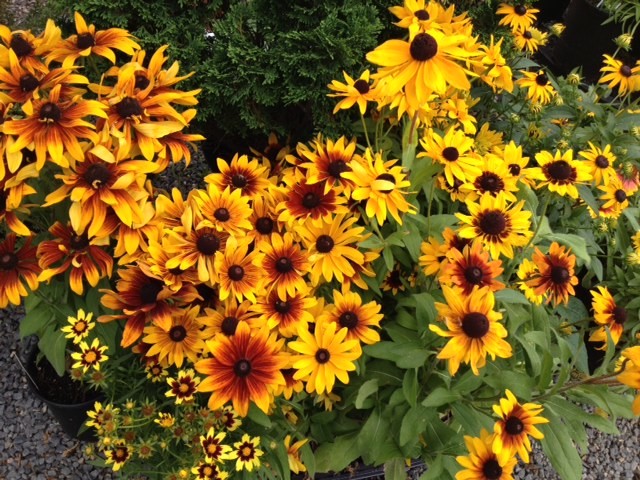







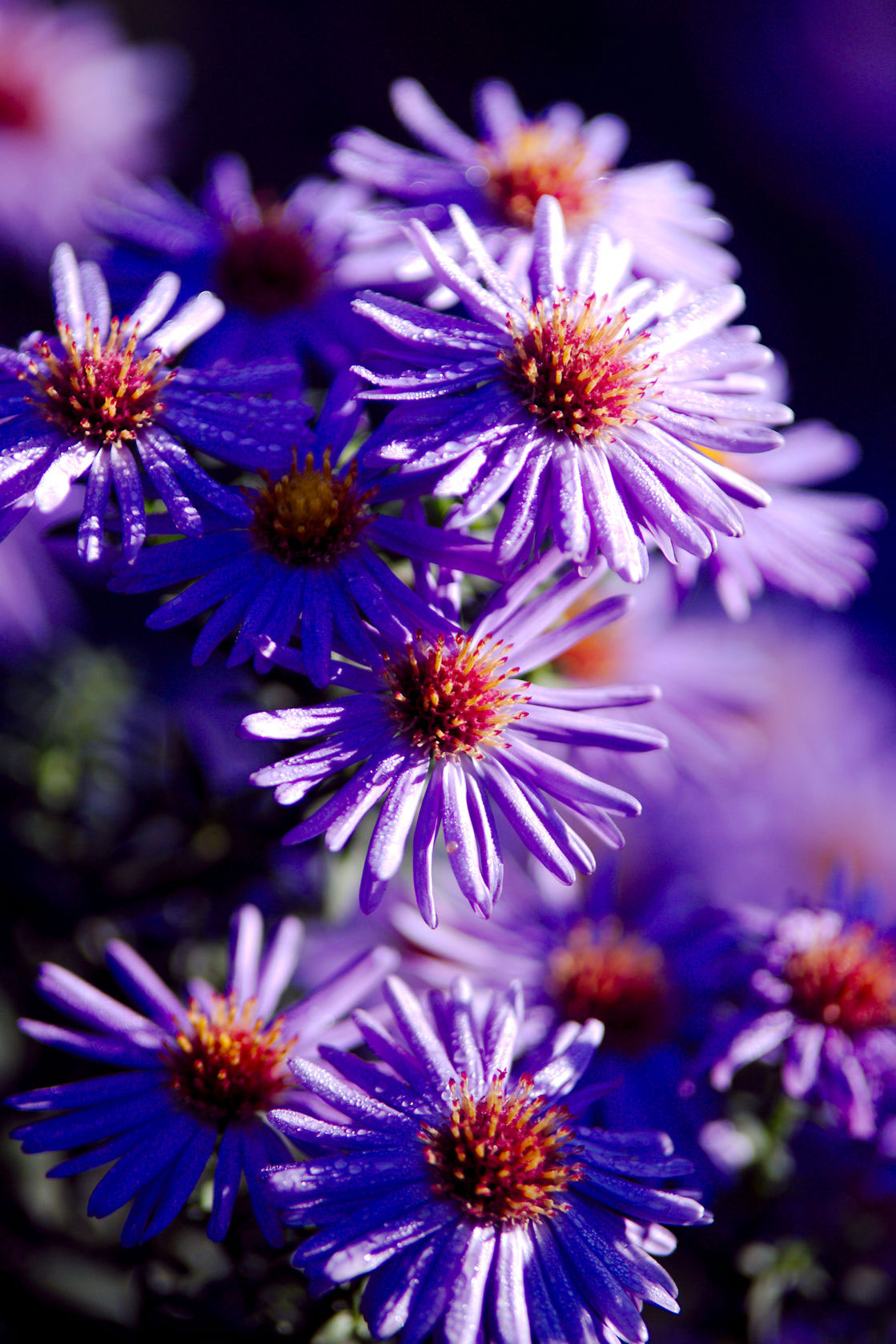


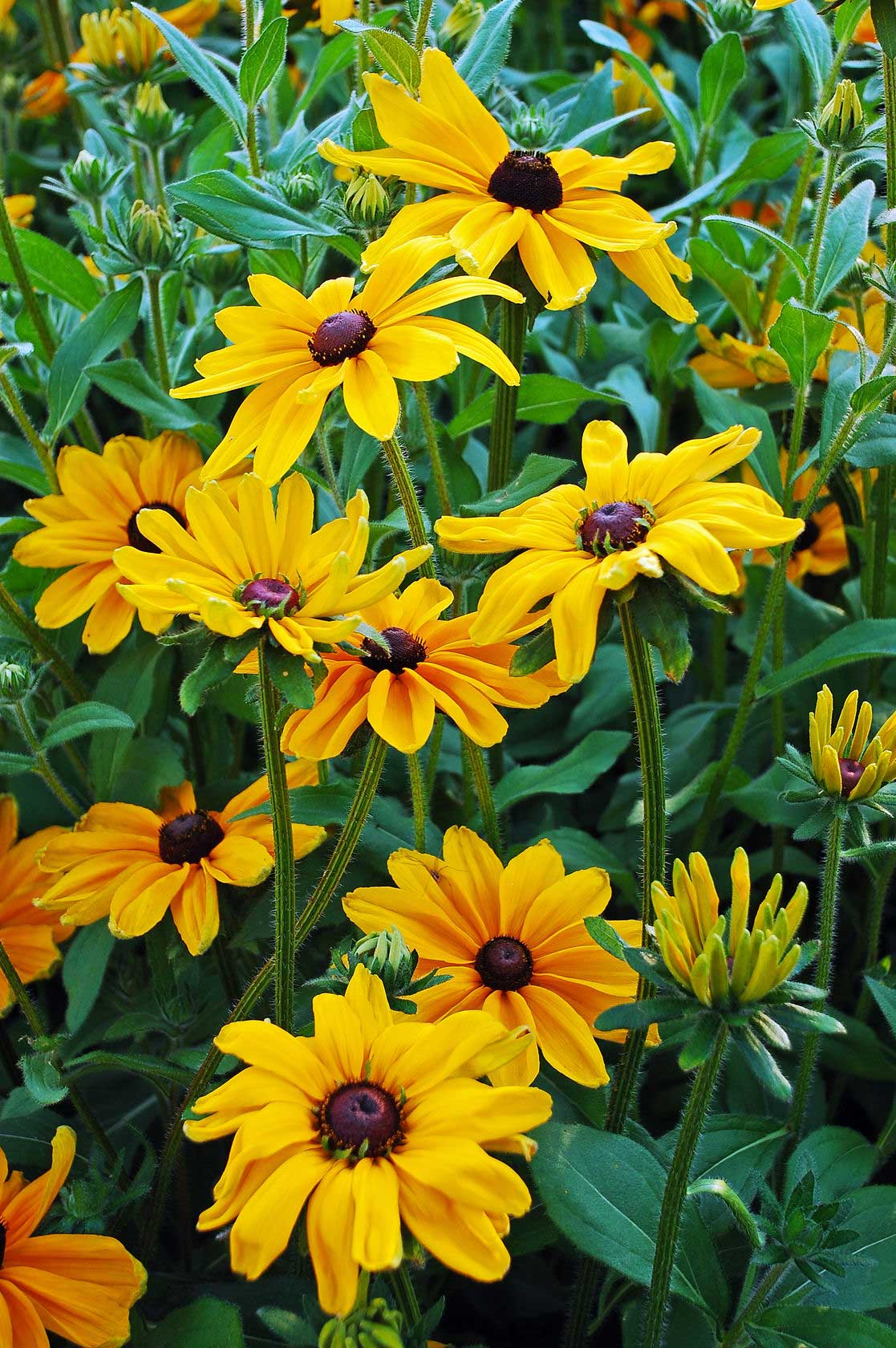
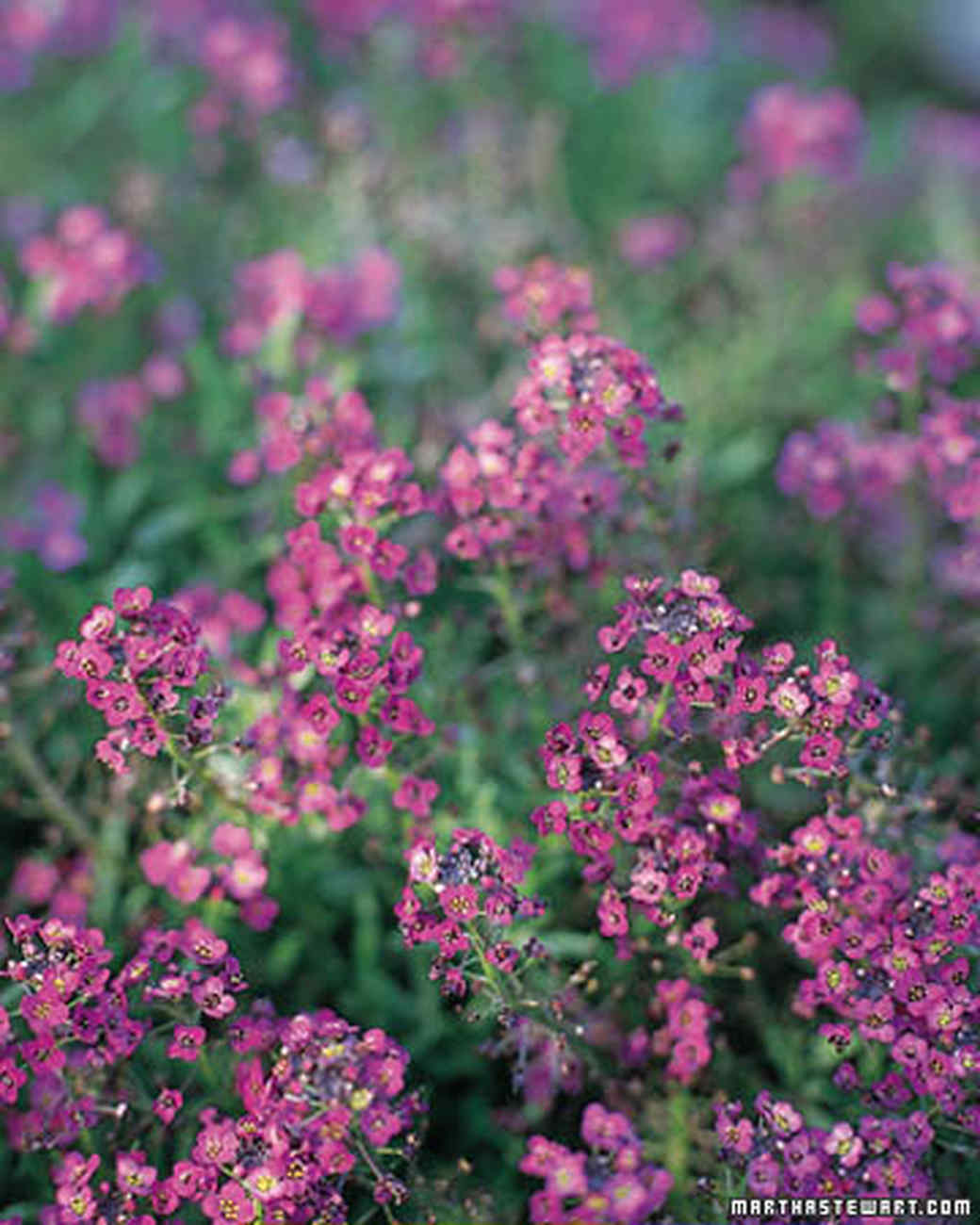






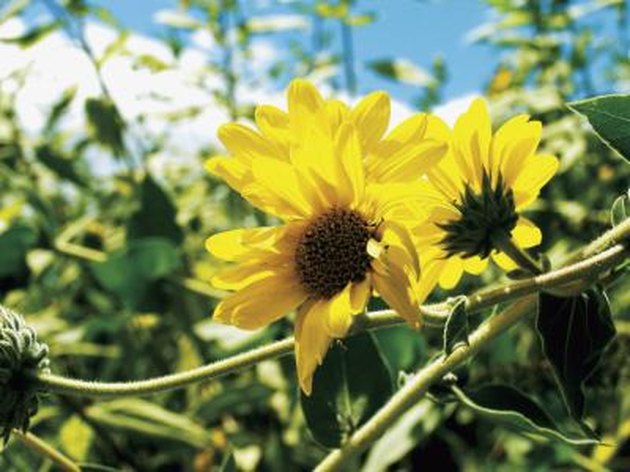
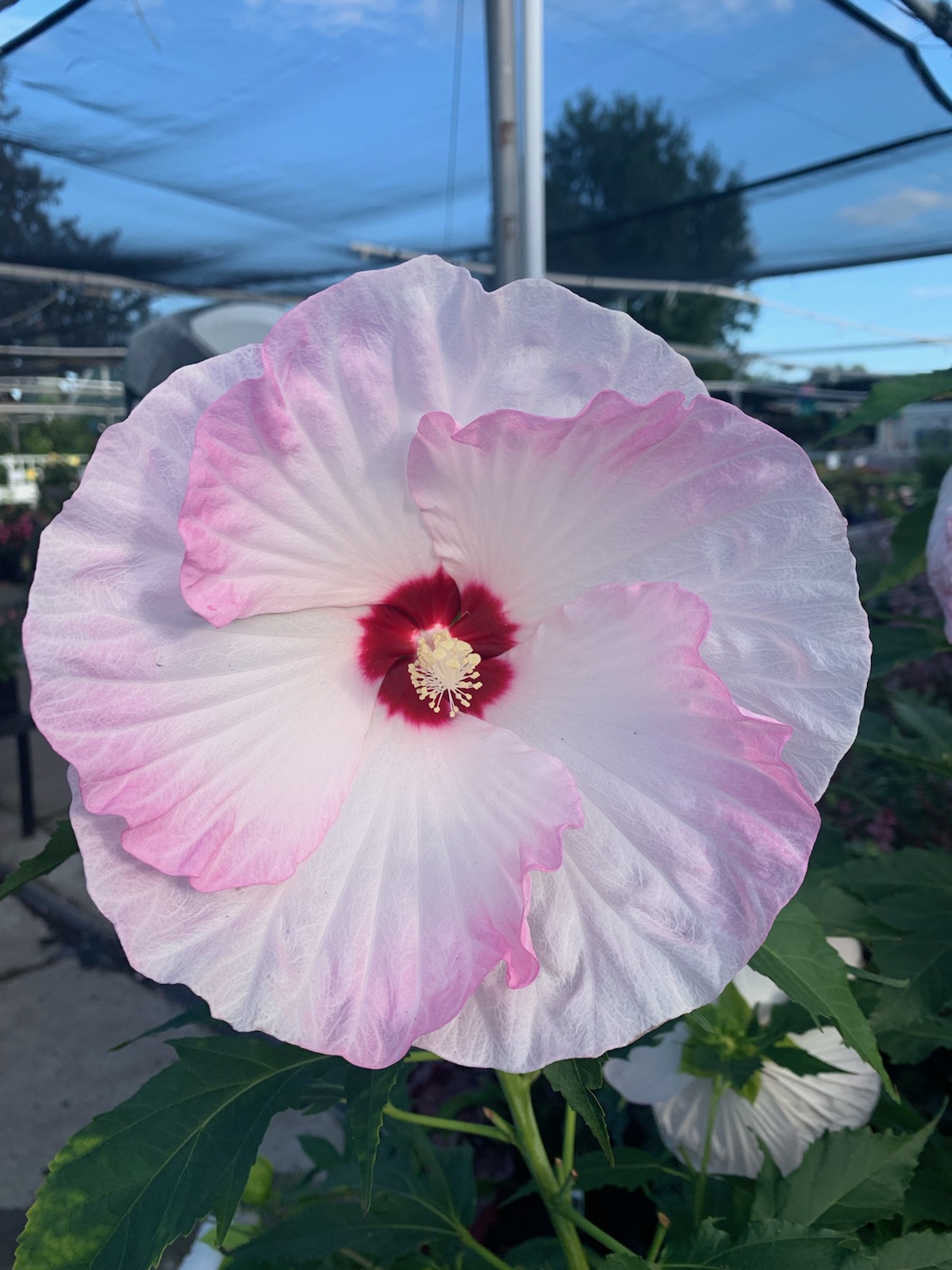



No comments:
Post a Comment
Note: Only a member of this blog may post a comment.